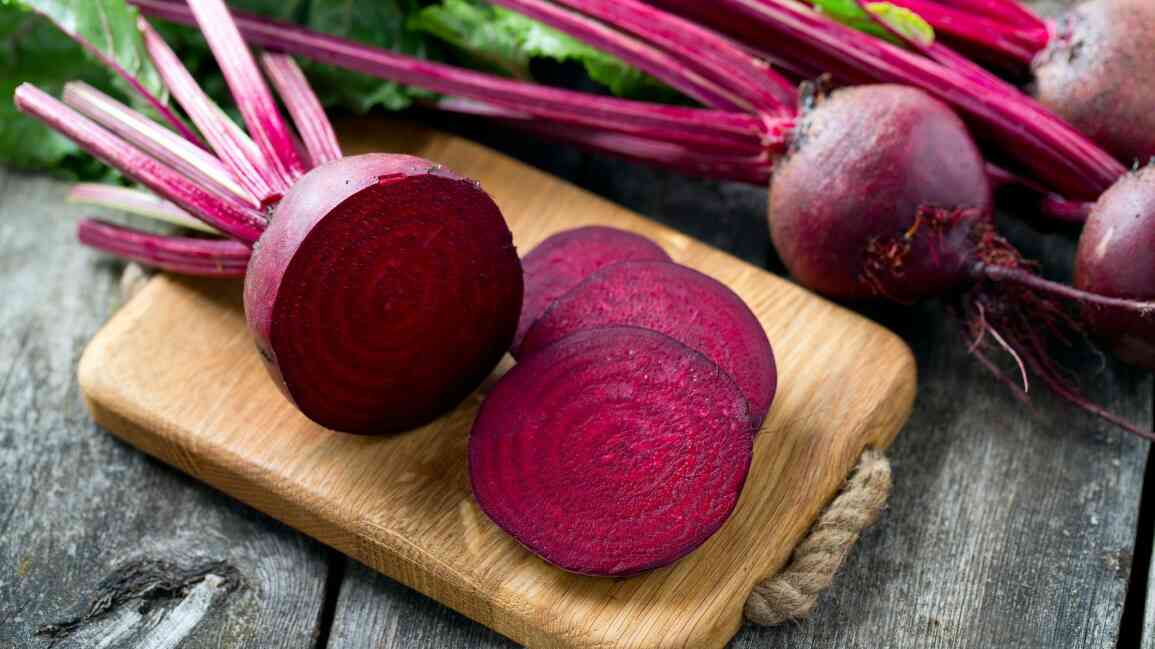The familiar beetroot is an important ingredient in many dishes. Without it, you can’t cook either borscht or vinaigrette, so it is always present on the shelves of stores. However, in other countries it is also eaten, although outside the states of the former Union, beets are far from being so popular. But it is useful, and eating beetroot from time to time is a good idea.
Interesting facts about beetroot
- Depending on the species, it can be annual, biennial, or perennial.
- In ancient times, some peoples used beets as a medicinal plant.
- When exactly they began to grow it, It is not known for certain, but already about 4000 years ago, beets were cultivated in the Mediterranean.
- The division of beets by breeders into table and fodder varieties occurred in the 16-17th centuries.
- In the Middle Ages, it was believed that regular consumption of beets reduced the risk of getting sick if a plague occurred (interesting facts about the Middle Ages).
- In fact, despite the name, fodder beets can be safely eaten if desired. It differs from the dining room mainly in its high fiber content, and that’s all.
- The famous Hippocrates used beets as a medicine for certain diseases.
- In the ancient Persians, beets were considered a symbol of discord and quarrels.
- In Kiev Rus, girls used this vegetable for cosmetic purposes – they blushed their cheeks.
- The sugar content of sugar beets can be as high as 23%. This variety was bred only in the middle of the 18th century.
- The birthplace of beets is India, from where merchants brought it to the ancient states of Europe and the Middle East (interesting facts about India).
- One root crop fodder beet easily reaches a weight of 10-12 kg, and sometimes more.
- Chard also belongs to beets, however, not its roots, but also leaves and stems are eaten.
- French breeders began to breed sugar beets on the orders of Emperor Napoleon, who did not want to buy expensive imported sugar.
- When cooking, beets are usually not pre-cleaned in order to preserve all the useful substances in it.
- The largest beetroot in the world was grown in 2001, its mass was 23.4 kg.
- In ancient Rome, it was believed that beets are an effective aphrodisiac (interesting facts about Ancient Rome).
- About 70 varieties of beets are currently cultivated.
